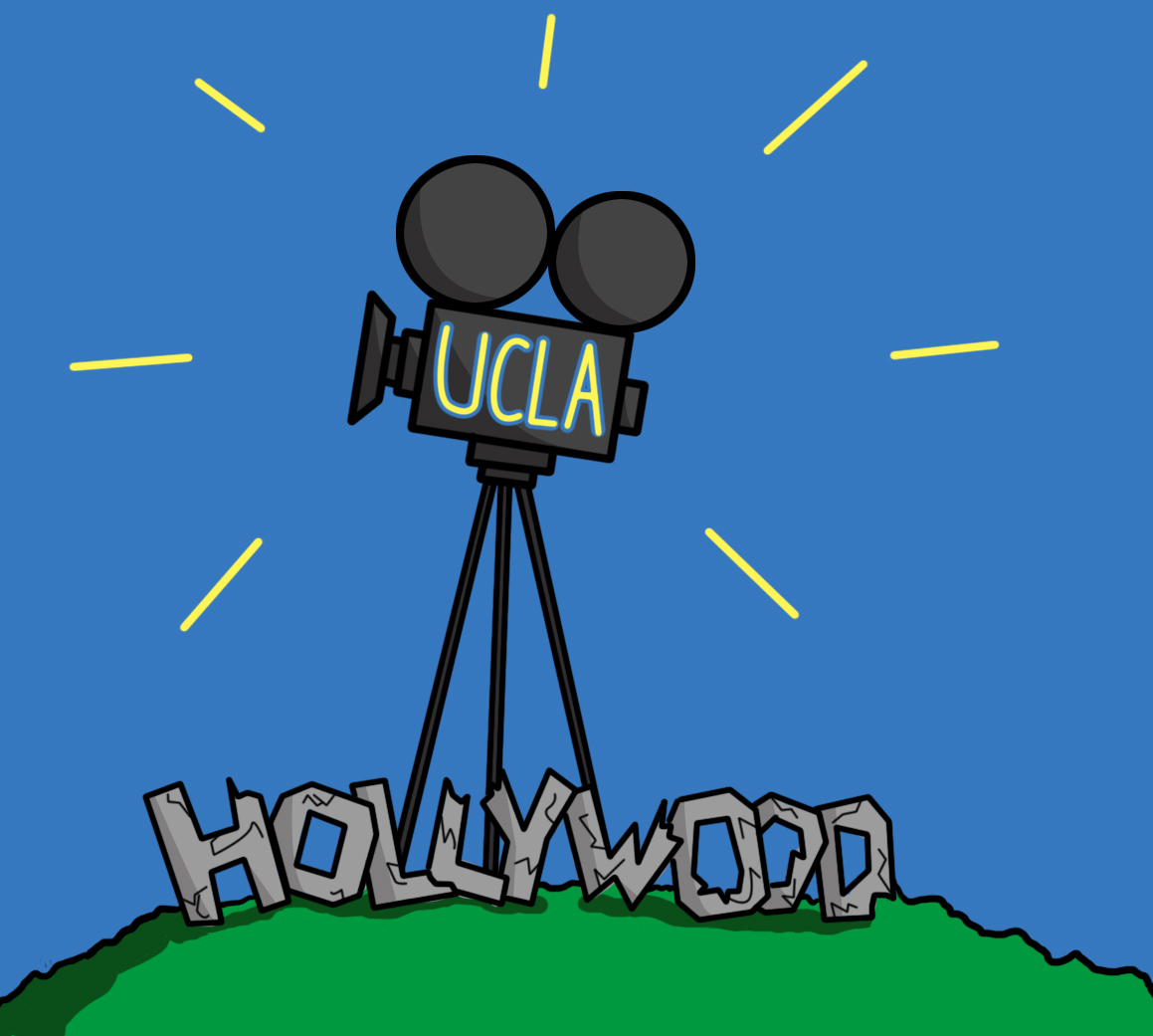When it comes to famous African American filmmakers, there are the usual subjects: Sidney Poitier, Spike Lee, the Wayans brothers. But what about the lesser- knowns: Julie Dash, Charles Burnett or Larry Clark?
The latter three, along with a multitude of others, are UCLA alumni who came together as students during the violence-plagued late 1960s and early 1970s to create films about their environment. Their work is now being displayed, often for the first time since the directors were students themselves, in the film exhibit “L.A. Rebellion: Creating a New Black Cinema.”
The project originated as an idea from the current director of the UCLA Film & Television Archive, Jan-Christopher Horak, who first came up with the idea when he heard about the Getty Museum’s exhibition “Pacific Standard Time ““ Celebrate Art in L.A.: 1945-1980.”
After receiving an initial planning grant from the Getty, Horak, along with co-curators Allyson Field, Shannon Kelley and Jacqueline Stewart, embarked on creating oral histories of a few major filmmakers they said they knew had helped originate the L.A. Rebellion movement.
According to Field, a professor of cinema & media studies who teaches a course on the L.A. Rebellion, the project soon snowballed as filmmakers began mentioning friends and peers they had worked with. The curators went from focusing on 10 filmmakers to including 50, and finding over 100 films they wanted to promote.
“Here in Hollywood, we tend to congratulate people who go their own way and stand out of the pack and win the single award after everyone’s been eliminated. Everyone (in the movement) had their distinct voice, but also worked on each other’s films,” said Kelley, the head of public programs at the UCLA Film & Television Archive.
Every film being screened in the exhibit had some sort of problem with it and needed to undergo a degree of restoration by the Film & Television Archive, which, Horak said, was the biggest project the archive has ever worked on.
Once the films were restored, Kelley said they realized the films had much more in common with each other than they previously thought.
“It’s the first sustained and concerted effort by a group of African American filmmakers to create works that are independent, showing shared goals using divergent methods. Even though they came from everywhere, their films often focused on the issues relevant to their particular communities,” Kelley said.
According to Field, the films offer an important glimpse into the campus’ history, with many themes that are still relevant.
“A lot of UCLA students aren’t aware of the campus’ history, and I think through the lens of these films it’s a great way to learn the heritage of UCLA, as well as to see this student activism. There’s so much resonance with issues that we struggle with today, including the Occupy movements,” Field said.
According to Horak, the films also give an outlet for the voices of students who were so often silenced.
“You have groups of students who come from impoverished communities, and they were able to use this weapon that previously had only been available to Hollywood, to advocate. And that was a real moment of empowerment,” Horak said.
The film exhibition is just one part of the massive project. A website has been developed to include filmographies, the oral histories and streamed clips of some of these filmmakers’ short films. There will also be a symposium on Saturday featuring panel discussions by scholars and L.A. Rebellion filmmakers, as well as a book coming out in 2013 featuring critical essays on the movement.
The curators said they hope that the scholarly aspect of the series and the promotion and restoration of these films will finally show the importance these filmmakers had in cinema history.
“I can think of no other kind of film historical movement that has grown out of one film school. Most movements are nationally-based, but here we have an entire movement coming out of UCLA. In fact, it’s the first movement of independent African American filmmakers in the U.S., “ said Horak.
